Customs control is a certain set of measures that are implemented by authorized services. They are aimed at ensuring compliance with and implementation of the provisions of Russian legislation, international agreements relating to the movement of goods across the border. 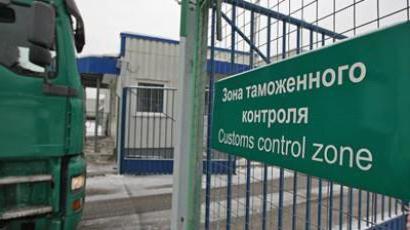
customs control
Authorized services carry out their activities in the form of:
- Checks of documents and information related to the movement of goods.
- Inspection of vehicles, goods and persons transporting them.
- Cargo Accounting.
- An oral survey of citizens, officials.
- Checks of the reporting and accounting system.
- Inspection of the premises of warehouses and temporary holding areas of goods, duty-free trade points and other places where vehicles and cargoes subject to control may be present, or activities are being supervised by the customs service.
Tasks
In accordance with the legislation, customs control can be carried out only in those forms that are sufficient to comply with the regulatory provisions of the Russian Federation, as well as international agreements. The main tasks of the system are:
- Establishing the lawfulness of the movement of transport and goods through customs control zones.
- Identification of objects prohibited for export and import, the transportation of which is allowed only subject to special provisions.
- Detection of vehicles and goods transported without documents.
- Establishment of the tariff name of the object according to the HS, its quality, cost and quantity.
- Verification of compliance of inspected cargoes with the data presented in the declaration.
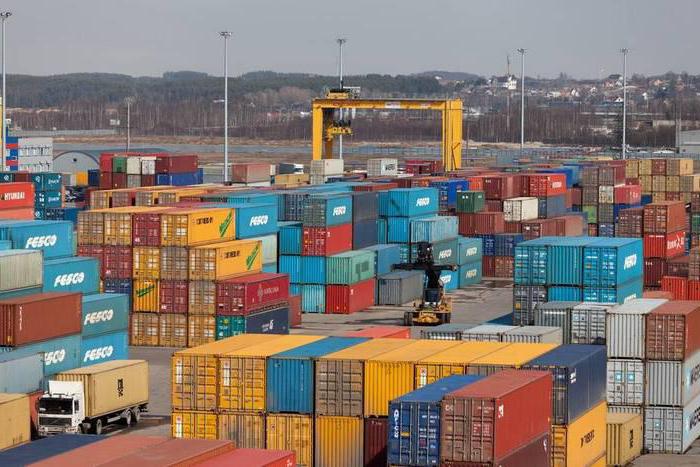
The objectives of the customs control zones
Transportation of goods across the border is carried out in special places. Zones of customs control are the territory of temporary storage, warehouses, points of duty-free trade. In other areas, such points are formed for inspection, unloading / loading and other operations.
Classification
The legislation provides for certain types of customs control zones. The item may be designed to accommodate objects for the period of inspection, freight and other operations. In these cases, it acts as a temporary zone of customs control. Items can also be used for the regular maintenance of goods subject to inspection and clearance. Such territories are registered as permanent zones of customs control.
Formation order
The creation of zones of customs control is carried out in accordance with the regulations of the member countries of the Customs Union. The legislation governing the movement of objects across the state border also determines the legal status of these territories and the procedure for their designation. The decision to form a customs control zone is made out by order of the authorized service in the region where it will be located. This document must contain the following required information:
- The purpose and foundation of education.
- Location.
- Borders and sections of their intersection by vehicles, persons and goods.
- Means that are used for designation.
- Data on the person authorized with respect to the goods or in whose possession the open areas / premises used for operations, storage of objects without their placement in temporary warehouses were transferred.
The annex to the order must include a graphic display of borders and territories in the form of maps or plans.A copy of the decision on the formation of the customs control zone is sent to the interested party within three days from the date of signing. 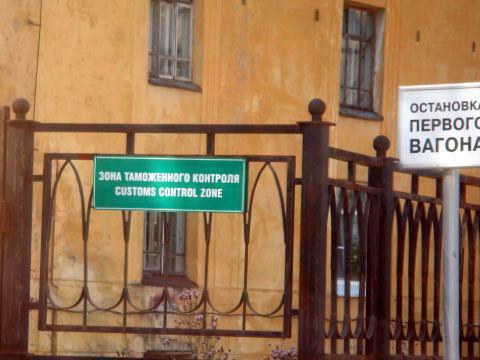
Designation rules
Customs control zones should be determined explicitly. The boundaries of the territory are indicated by rectangular signs. On a green background, the inscription in English and Russian is white. The signs "Customs control zone" and "Customs control zone" act as the main means of designating territories.
Foreign trade service
Customs services provided to interested parties include the basic operations performed with goods, vehicles, and property, which are necessary for processing and checking goods transported across the border. In the field of servicing foreign economic activity, there are:
- Bodies of control of import and export.
- Business entities directly involved in foreign trade (residents / non-residents).
- Persons owning warehouses of temporary and regular storage.
- Forwarding organizations.
- Customs agents.
- Guarantor companies.
Entities providing customs services must have a license to carry out their activities. 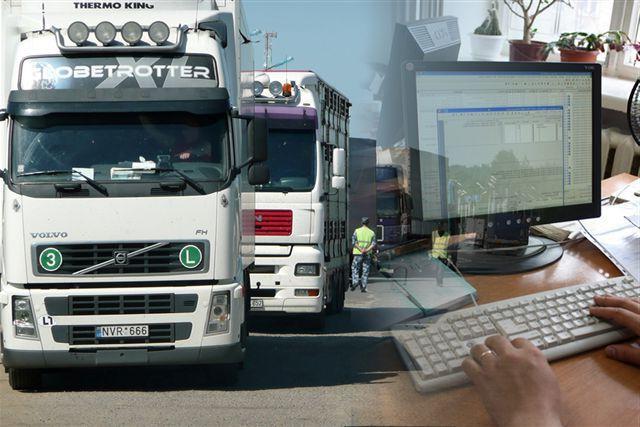
Verification of information and documents
It is carried out to establish the reliability and authenticity of the data, the correctness of paperwork. The audit includes the study of materials, during which their compliance with the provisions of the customs legislation is determined. Documents required for cargo clearance are divided into the following categories:
- Transportation (transport).
- Commercial.
- Customs
Oral survey
It is a form of control. The survey is carried out during the registration of vehicles and goods transported across the border. It is held with individuals, including those acting as representatives of companies providing customs services. An oral survey is carried out without writing the information received. 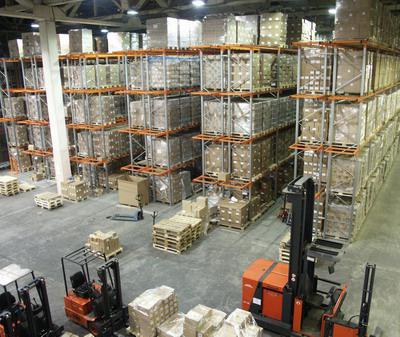
Observation
An official of the authorized service carries out visual control of the movement of objects across the border. He also oversees cargo and other cargo operations. This activity can be one-time or systematic, indirect or direct.
Getting clarification
Authorized employees have the right to inquire from entities located in the customs control zone information relevant to the design of relocated objects. Employees may receive clarifications from any persons involved in the transport of goods across the border. Such entities, in particular, are forwarders, carriers, declarants and so on.
Inspection
Authorized employees customs authorities carry out a visual examination in the control zone:
- Baggage of citizens.
- Goods.
- Cargo tanks.
- Vehicle.
- Seal, seals and other identifying means.
Inspection can be carried out in the absence of the declarant, other persons authorized to relocate objects, except when the subjects express a desire to be present at the visual examination. This procedure is carried out without removing the seals, opening the vehicle or cargo area with packaging violation.
Cargo screening
It is also carried out in the control zone by an authorized employee and is associated with the removal of seals, seals and other identifying means, opening the packaging of cargo, premises, container, container and other places where goods may be present or located. Inspection is carried out after the declaration is accepted. 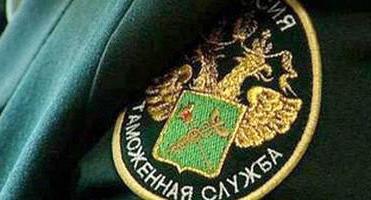
Checks specifics
At the stage of inspection, the head of the clearance department or the person replacing him determines the need for its implementation, its purpose and methods. The chief in writing gives the corresponding order (order).The decision about the need to carry out a check can be made at the previous stages of execution. In this case, the appropriate employee on the back of the declaration makes a note “With inspection”, giving short reasons for the procedure. An authorized employee must inform the official who is responsible for the “release” of the cargo.
Personal inspection
It is considered an exceptional form of customs control. A personal search is carried out in relation to citizens. Its implementation is allowed if there is reason to believe that the individual has with him and does not voluntarily issue objects:
- Prohibited for import into and export from the territory of the Russian Federation.
- Transported in violation of the procedure provided for in customs legislation.
Inspection is carried out if an individual:
- Crosses the state border of the Russian Federation.
- Located in the customs control or transit zone, open for international transport.
The decision to carry out a personal search is made by the head of the authorized service or a person replacing him. Registration is carried out by imposing a resolution on the report of the customs officer or in a separate act.
Audit
It should be understood as verification of the fact of the release of goods, the accuracy of the information specified in the declaration and other documents provided by entities in the customs control zone. The information present in the papers is compared with the data of the financial statements, accounts and so on. For the audit, customs officers can use the information obtained from the results of the inventory, audit, as well as present in acts drawn up by state bodies.








